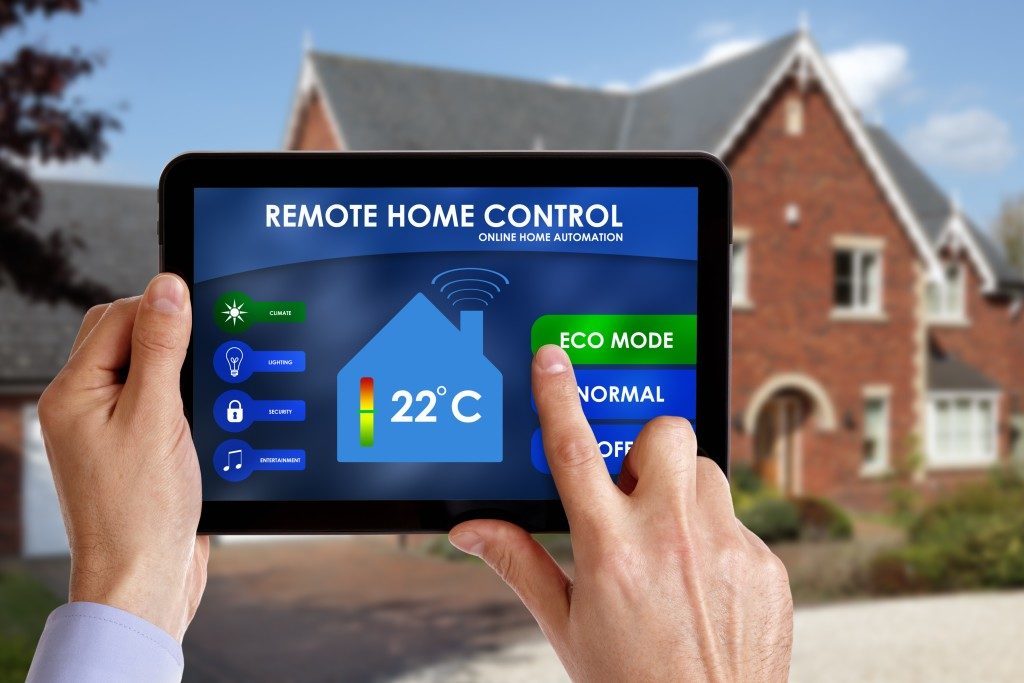A home is not complete without its members as well as the resources that they need to continue living and make the household function. Nowadays, we tend to describe a “complete” home as one that includes the basics such as a source of water and electricity, furniture, and appliances.
Appliances make many household tasks, such as washing clothes, cooking food, and making the home comfortable, easier and faster. But all of these can contribute in a negative way to the environment, and it helps a lot to make greener choices.
Take these few suggestions for a more nature-friendly living though replacing the appliances you have at home.
Mainline Alternatives
Every appliance that you have involves a certain resource. For example, any electronic devices would require electricity, and some of them need water to perform their function as well. While not exactly an act of replacing your appliances per se, you can choose to install devices such as rainwater tanks and solar panels in your NSW home.
These gather resources from nature, in this case, water and electricity, that would replace some of what your home would use from the mainline providers that you have. They would contribute to lower utility bills and a less negative impact on the environment.
Eco-friendly Illumination
It’s no secret that LED lights to help with energy efficiency as well as lower electric bills for the home. They emit less heat that ensures the greater longevity of the bulbs, so you don’t need to replace them as often as you do fluorescent ones.
Aside from that, you can also maximise natural lighting to further reduce the use of electricity, especially in the daytime. Windows could be re-planned and even relocated according to where the sunlight hits the house the most.
You can also invest in solar films so that you’ll be safer. This strategy will eliminate the use of artificial lighting during the day and thus lowering your electricity bills.
Overall Energy Efficiency
Nowadays, there are stricter and greener standards that are taken into account when it comes to manufacturing electronic appliances. Choosing energy-efficient ones for your home can cost you more up-front, but they’ll save you money in the long run and reduce the negative impact on the environment.
Appliances such as refrigerators, freezers, air conditioners, and televisions are required to display their energy efficiency rating. The label also provides a helpful estimate of the appliance’s energy consumption per year. The lower the consumption for the same output, the better it is.
Smart Appliances

Aside from those ones with a high-efficiency rating, you should also look into programmable or smart appliances for your home. These can adjust according to certain conditions or times, and you can set the parameters so that they’ll be further optimised for your living environment.
An example would be a programmable HVAC system and thermostat where you can set when you need certain temperatures and how long they’ll run for a day.
Improving your home doesn’t always mean adding another major addition or making the place look like a five-star hotel. Always remember that your house is a place where you spend your time doing things that you want and taking the time to rest, so a healthy and safe environment should always be considered.


